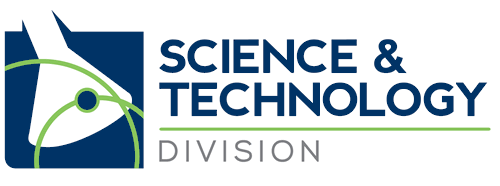988
Reviewed by Joan L. Wallace
With the number of hip replacements increasing as the population ages, translators are bound to encounter more of them. Joanne Archambault’s presentation this year provided an excellent introduction. As a translator specializing in orthopedic translations, with a PhD and industry experience in the field who works directly with French surgeons and manufacturers to translate in this field, Joanne is well qualified to present on this topic
The presentation began with a review of the hip’s anatomy. To simplify it greatly, a total hip replacement (THR) entails replacing both sides of the hip joint, i.e., the acetabulum (socket) on one side, and the neck of the femur on the other. We learned about the various prosthetic devices and materials used, including their respective advantages and disadvantages (ceramic vs. metal or metal-on-metal, for example), and how the correct size of the implant is determined. We also learned about the indications for THR, the most common of which is osteoarthritis, wear and tear of the joint that usually occurs in older patients, as well the expected outcomes and possible complications. We watched a “bloodless” (but not “cringeless”) video of the procedure. Of course, there is no shortage of online videos, but this one is easy to see and follow.
The presentation also included mention of partial hip replacement, used when only one side of the joint needs to be replaced (usually due to a fracture of the femoral neck) and hip resurfacing, a procedure used mainly in younger patients in order to retain hip replacement as an alternative down the road. This is because a total hip replacement has a life span is about 20 years, and there is a limit to how many times surgery can be repeated since tissue is lost each time. She also touched upon cementless implants, in which the bone tissue itself grows into holes in the implant and holds it in place.
There was a lot of information packed into one hour. I felt that it was very clear and organized. The slides illustrated the topic well with clear pictures of the anatomy and components and presented English and French vocabulary specific to the topic, which was summarized in a handout. The sequence was logical and easy to follow. The presenter also shared some of her research strategies, including how she had tracked down a particularly elusive term for a device, and provided a list of resources. I definitely felt like I came away with a better understanding and resources I could put to use.
For those who missed it, it will be on the conference DVD. I will certainly be looking for any future sessions she presents.

